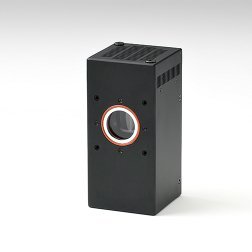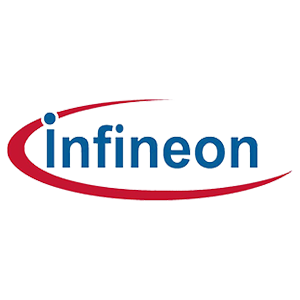Capacitor conversion is a common operation in electronic design and circuit debugging. Different capacitor values can directly impact circuit response speed, filtering effects, and more. Therefore, capacitor conversion and replacement are often necessary during design and maintenance. This article will introduce the basic knowledge of capacitor conversion, application scenarios, and commonly used conversion methods to help you better understand capacitor selection and usage.
1. Basic Concept of Capacitors
A capacitor is a storage element that maintains voltage stability in a circuit by storing charge. The basic unit of capacitance is the farad (F), with common subunits including microfarads (μF), nanofarads (nF), and picofarads (pF). The size of the capacitance value affects the operating characteristics of the circuit, such as the frequency response of filters and the frequency of oscillators.
When performing capacitor conversion, we typically need to convert capacitors of different units to select the appropriate capacitance value in the circuit.
2. Application Scenarios of Capacitor Conversion
- Circuit Design Optimization: During circuit design, designers may require capacitors of different values to optimize circuit performance, testing the effects of various values through capacitor conversion.
- Capacitor Replacement: During the repair or modification of a circuit, if the original specification capacitor is unavailable, it may be necessary to replace it with a capacitor of a similar value.
- Capacitor Combination Applications: To achieve a specific capacitance value, multiple capacitors can be used in combination, involving the calculations for capacitors in series or parallel.
3. Common Methods of Capacitor Conversion
In circuits, capacitor conversion is mainly achieved through series and parallel configurations.
Capacitors in Series
When two or more capacitors are connected in series, the total capacitance decreases. The calculation formula is:

For example, connecting two 10μF capacitors in series results in a total capacitance of 5μF. Series connections are often used when a reduction in total capacitance is required.
Capacitors in Parallel
When multiple capacitors are connected in parallel, the total capacitance increases. The calculation formula is:

For example, connecting two 10μF capacitors in parallel results in a total capacitance of 20μF. Parallel connections are used when an increase in total capacitance is needed.
4. Conversion of Capacitor Units
Unit conversion of capacitance is also important, especially when capacitor values are expressed in different units. The commonly used unit conversion relationships are as follows:
- 1μF = 1000nF = 1,000,000pF
- 1nF = 1000pF
Understanding these unit relationships can help us more quickly select suitable capacitors or perform capacitance calculations.
5. Considerations for Capacitor Conversion
- Voltage Ratings of Capacitors: When selecting a replacement capacitor, ensure that the voltage rating of the new capacitor is not lower than that of the original; otherwise, it may lead to breakdown or failure.
- Temperature and Frequency Characteristics: Capacitors of different materials exhibit different behaviors at various temperatures and frequencies, so the material properties should be considered during conversion.
- Precision Requirements: Certain precision circuits have strict capacitance requirements; ensure that the error range of the new capacitor is within acceptable limits.
6. Conclusion
Capacitor conversion has a wide range of applications in electronic circuits, allowing for flexible adjustments to circuit characteristics and addressing component replacement issues. In practical operations, understanding basic conversion formulas, unit conversion relationships, and considerations when selecting capacitors can help you better manage and optimize circuit design.
















